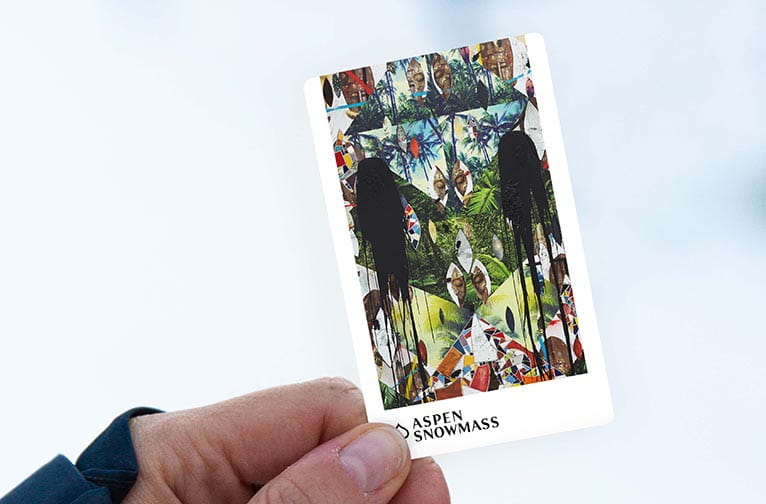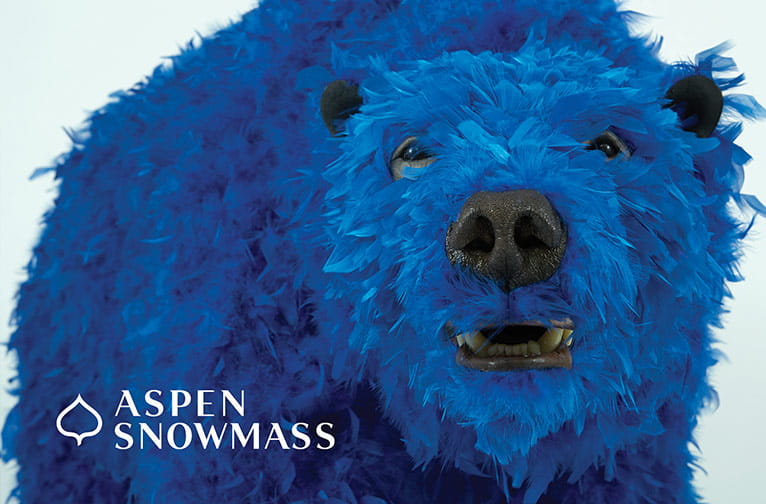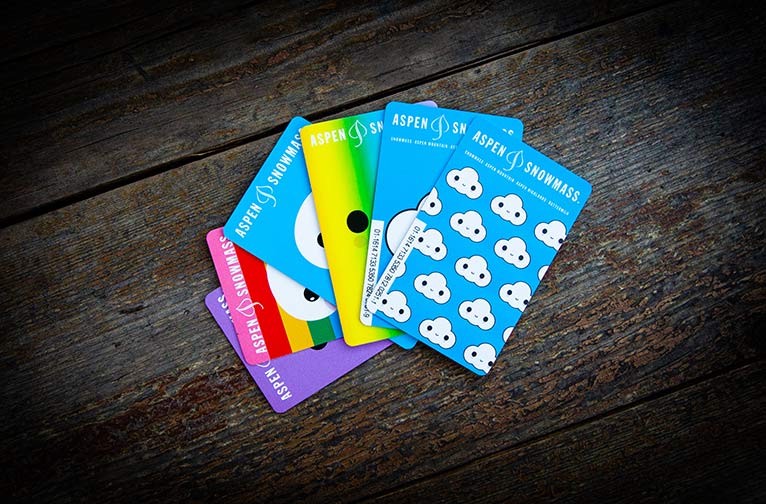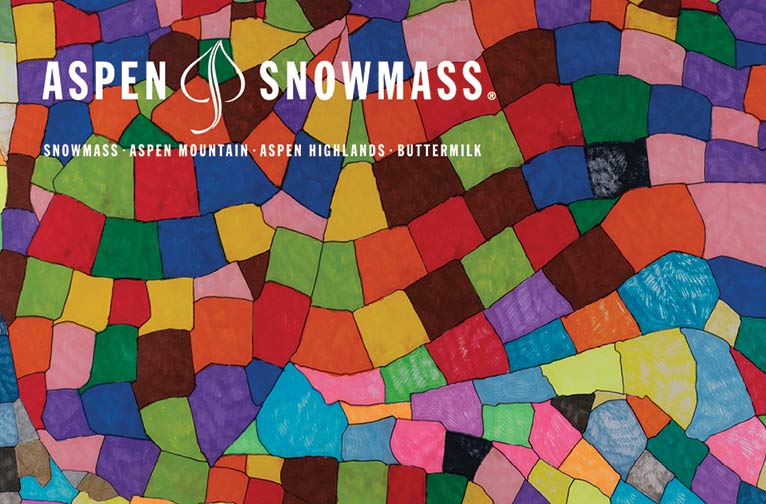Art In Unexpected Places
Through on-mountain art installations, artwork on lift tickets and passes, works situated throughout the resort, and a series of books documenting the program’s history, Art in Unexpected Places sparks conversations and moments of unanticipated discovery.

FriendsWithYou at Snowmass Base Village, 2020-21
The Background
Inspired by Aspen's long history as a vibrant arts and culture community, Art in Unexpected Places (ArtUP) launched in 2005 to exhibit the works of contemporary artists across our resort in unique ways. The program is grounded in the belief that artistic works should be accessible and universal—cutting across class, race, and politics—and celebrates contemporary art’s spirit of spontaneity.
For 20 years, our lift tickets have been a blank canvas and our mountains a museum. The roster of world-renowned artists we’ve hosted includes Haruki Murakami, David Shrigley, Jim Hodges, Walter Niedermayer, Rashid Johnson, Claudia Comte, and more. This year, we add Los Angeles-based creator Alex Israel to the list.
For 20 years, our lift tickets have been a blank canvas and our mountains a museum. The roster of world-renowned artists we’ve hosted includes Haruki Murakami, David Shrigley, Jim Hodges, Walter Niedermayer, Rashid Johnson, Claudia Comte, and more. This year, we add Los Angeles-based creator Alex Israel to the list.

2025-2026 Lift Ticket Art
For the 2025–2026 season, Ed Ruscha brings his distinctive vision to Aspen Snowmass as the featured Art in Unexpected Places (ArtUP) lift ticket artist.
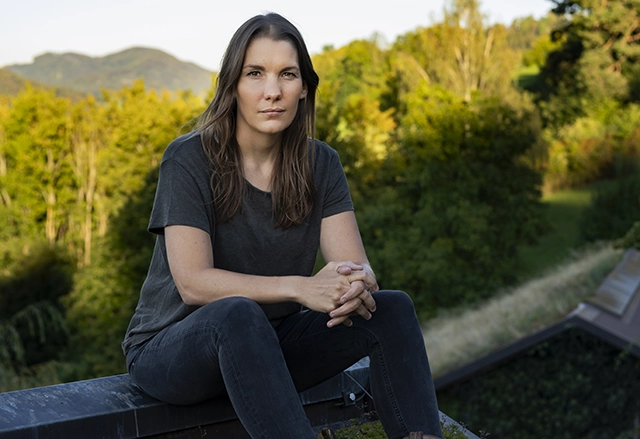
Claudia Comte, Art, and Conversations Surrounding the Climate Crisis
The work of Swiss multi-medium artist Claudia Comte will be featured on the lift tickets for the 2023-24.

